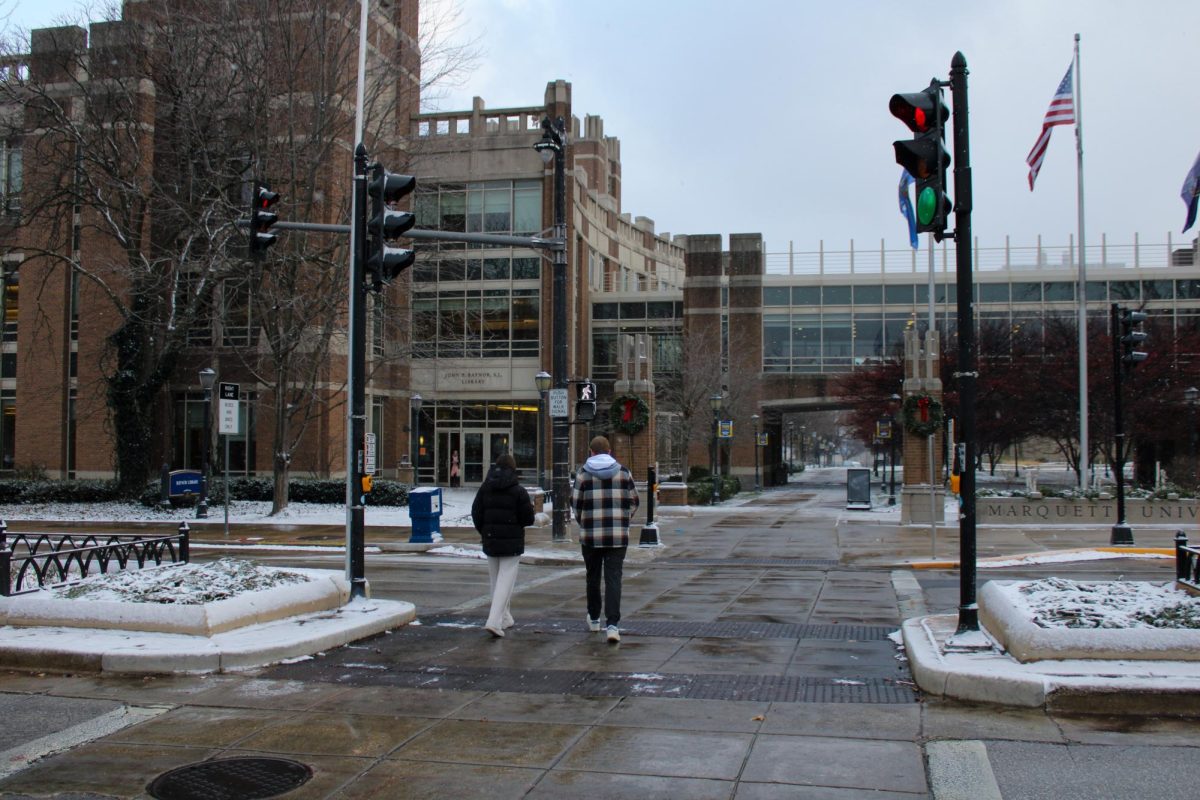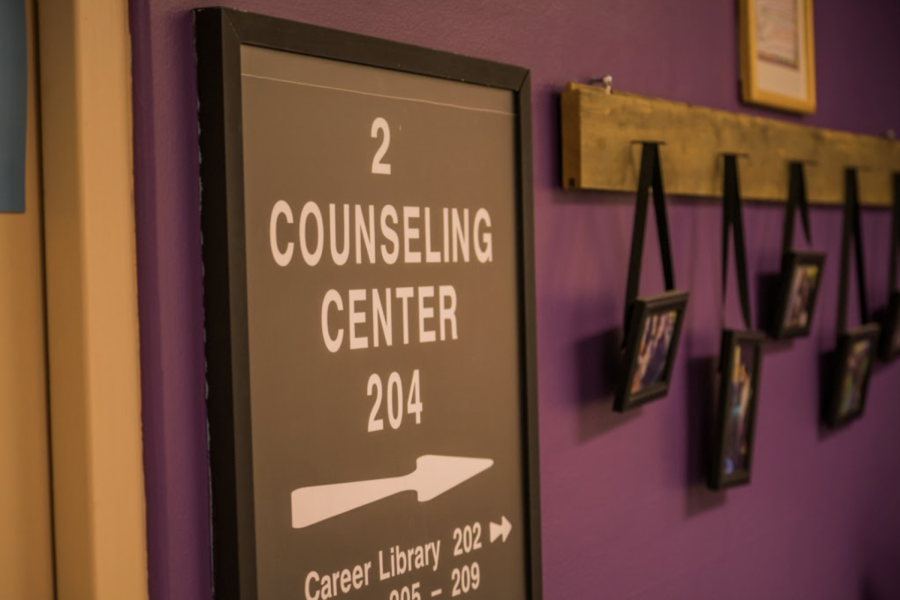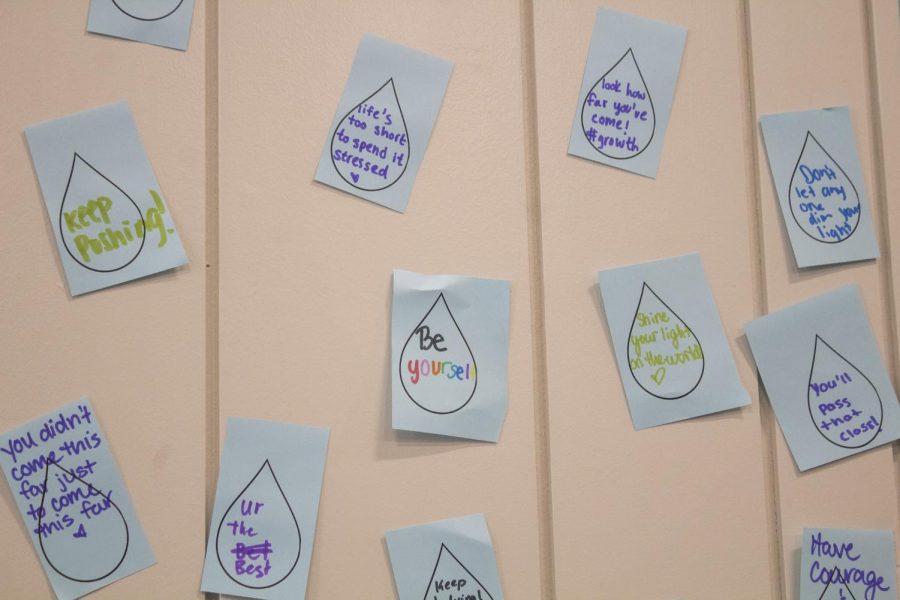As the weather cools and the night comes earlier, the charm of late summer and early autumn wears off and we begin to experience a harsh change in the seasons. Winter in Wisconsin has its beauty, novelty and magic, but it also comes with drastically low temperatures and early sunsets that render many people unable to stay energized and productive. Seasonal affective disorder is a form of depression that’s related to the change in seasons and it deserves more attention and resources.
About 5% of adults in the U.S. have been diagnosed with seasonal affective disorder; though it’s important to consider that many more people likely experience it without a diagnosis, which typically lasts for just under half of a year. According to the Mayo Clinic, people experiencing seasonal affective disorder will often notice their symptoms beginning in the fall and continuing through the winter months. These symptoms can include having low energy, experiencing problems when trying to sleep and feeling depressed most of the day. One state that experiences a higher level of seasonal affective disorder is Alaska because of its higher latitude and longer winter nights.
The specific causes of seasonal affective disorder are unknown, but there are some contributing factors. According to the Mayo Clinic, individuals’ circadian rhythm is disrupted by the reduced level of sunlight in fall and winter. Our circadian rhythms are 24-hour cycles that are part of the body’s internal clock. Less exposure to sunlight may disrupt your body’s internal clock and this can result in feelings of depression. Seasonal affective disorder can also be attributed to a change in serotonin and melatonin levels. Serotonin is a key hormone in the body that stabilizes our mood and happiness. A lack of serotonin can trigger depression, and a lack of melatonin disrupts your sleep patterns and mood. All of these factors play a role in the overtaking of seasonal affective disorder.
The complications brought on by seasonal affective disorder should not be trivialized. Those experiencing it can also endure substance abuse, social withdrawal and suicidal thoughts or behavior. Although it may be easy to chalk your mental health struggles up to the “winter blues,” seasonal affective disorder can be frightening and cause people to feel out of touch with themselves. The change in seasons can be especially difficult for those struggling with other mental health issues as well.
For example, for people with bipolar disorder, the changing of seasons can have serious repercussions on their mental health. Spring and summer months can bring on symptoms of mania whereas in the fall and winter, people with bipolar disorder are more likely to experience depressive episodes. This makes the change in seasons a high-risk time for those with bipolar disorder.
Another thing to consider is how students may be affected by a combination of seasonal affective disorder while still juggling school work. and being in the midst of a school year. Marquette students are enrolled in classes that begin in beginning at the end of August through the middle of May, with the exceptions of small breaks in between, during which students may still have schoolwork but are not in class. These school months overlap with the peak time of seasonal affective disorder: January and February. I urge Marquette, and colleges everywhere, to provide students with resources to cope with seasonal affective disorder.
A few universities that are providing resources for students dealing with seasonal affective disorder include the University of Michigan and Penn State University. The University of Michigan suggests students use light therapy, purchase a sunshine alarm clock and talk to an on-campus counselor. Penn State University suggests students keep warm, exercise and modify diets to eat more complex carbohydrates.
The university designated mental health days last year due to the COVID-19 pandemic, but the effort to provide students with more mental health days should continue. Students should be given more mental health days to deal with the stress of school, life and seasonal affective disorder to whatever degree they may struggle with it. Marquette should also provide students with resources to express their struggles or concerns and seek help regarding them.
As a society, some people find it easier to mock or degrade mental health struggles rather than acknowledge the toll they take on people’s daily lives. Seasonal affective disorder is often referenced with causality or dismissed altogether, but we should be considerate of those who experience it and what they go through.
The change in seasons can bring up excitement and new opportunities, but for many it can be a time of great difficulty. We should all strive to be compassionate and lend a hand to those experiencing seasonal affective disorder; for those who experience it, the transition into fall and winter can be daunting and is a serious issue.
This story was written by Grace Cady. She can be reached at grace.cady@marquette.edu












